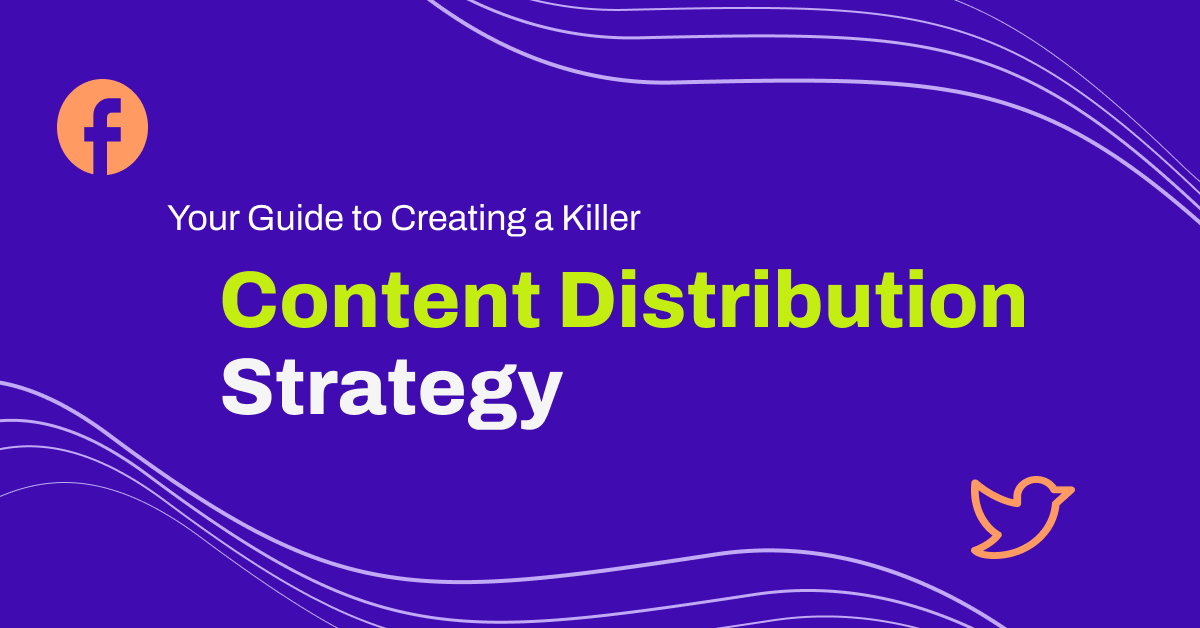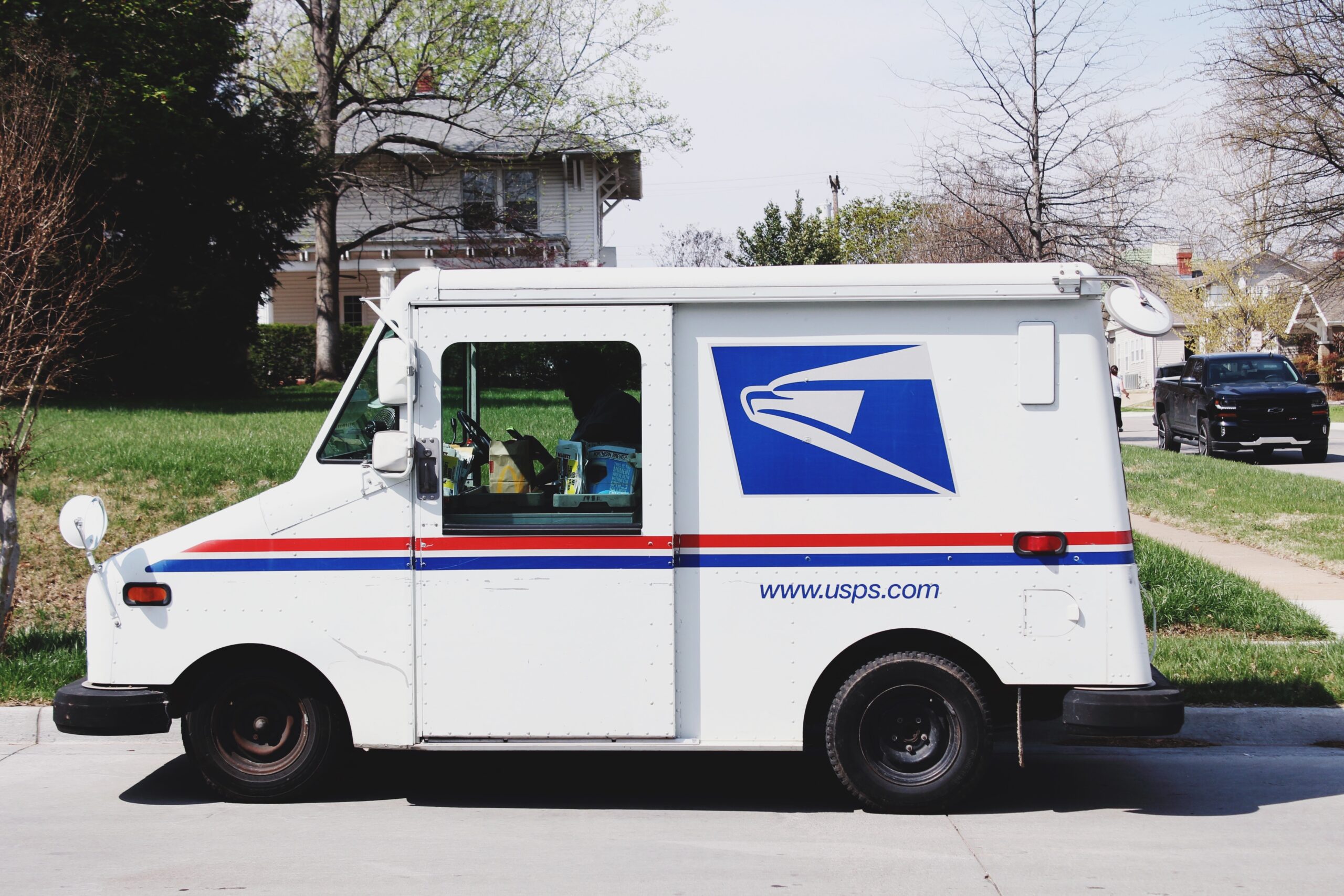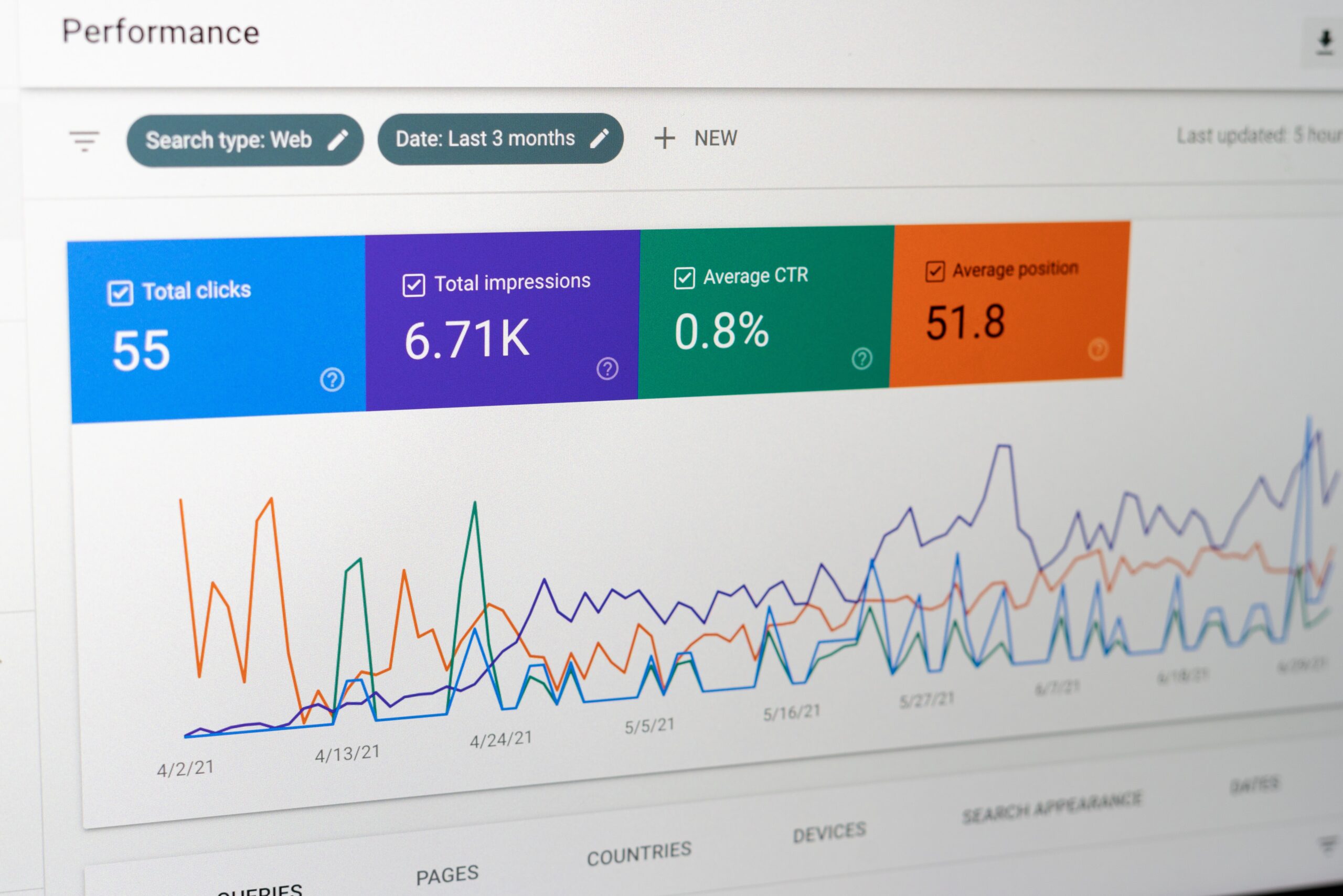Table of Contents
- Home
- »
- Content Marketing
- »
- Your Marketing Is Missing a Killer Content Distribution Strategy: Let’s Fix That
-
Stacy Garrels
- 8 minutes read time
Your Marketing Is Missing a Killer Content Distribution Strategy: Let’s Fix That
- Home
- »
- Content Marketing
- »
- Your Marketing Is Missing a Killer Content Distribution Strategy: Let’s Fix That
Your Marketing Is Missing a Killer Content Distribution Strategy: Let’s Fix That
Table of Contents

Everybody knows content creation is an integral aspect of modern marketing, but there’s another step marketers are failing to consider: distribution. After all, what good is great content if it’s not reaching its audience, building brand awareness, boosting engagement, or increasing leads? This requires a solid content distribution strategy — every content manager and marketer’s new best friend.
In this article, we’ll explore what goes into creating an effective distribution strategy, the tools you’ll need to build one, and how it will help deliver those much-needed content marketing results.
TL;DR
- Content distribution is all about getting your content seen by your target audience (and beyond!).
- You can spread your content across various platforms, such as social media, partnerships, email, and content syndication – all of which have their own unique advantages and help you cast a wide audience net.
- Building an effective content distribution strategy can yield significant benefits in terms of brand awareness, SEO, engagement, leads, sales, reputation, and even customer relationships.
- For the best results, zone in on your target audience by analyzing your existing readers, their pain points, and other potential customers.
- Set clear goals before launching your strategy! It will help keep you aligned with your business objectives and your costs under control.

Understanding content distribution
At the heart of content distribution is “spreading the word” – i.e., getting as many people to see it as possible. By publishing on a variety of channels, you’re not only more likely to reach our target audience by default, but also more likely to generate more prospects and drive engagement.
What is content distribution?
There are four key strings to the content distribution bow, all of which yield different benefits:
- Social media: Sharing content on social media is simple yet powerful. Statistics show that, in 2022, Facebook, Instagram, and YouTube were most effective, swiftly followed by LinkedIn and TikTok.
- Partnerships: Working with the right social media influencers or key opinion leaders can help you scoop up new audiences that your own efforts may not have reached. Just remember: size isn’t everything. A large following only helps if their metrics are relevant and in keeping with your strategy.
- Email: Who doesn’t want to curate a list of potential leads, reach right into their inbox, and deliver a personal note? Email marketing is highly effective in this regard – it’s easy to track results and famously boasts a higher ROI than other marketing channels.
- Content syndication: Getting your existing content on reputable third-party platforms is a great way to reach even wider audiences and capitalize on their trusting readership. However, do make sure that content links back to your domain to generate backlinks and funnel leads.
Why is content distribution important?
Just when you thought that creating high-quality content was the be-all-and-end-all, along comes content distribution. But think about it: what benefits could you possibly reap if you’re not reaching your target audience?
Speaking of benefits, these are all the ways in which a robust content distribution strategy can push you even closer to success:
Boosting brand awareness
By casting your net wider, more people will have heard of, know about, or recognize your brand.
⬇️
Driving engagement
You’ve already optimized your content to make it as relevant to your target audience as possible – now imagine if they start engaging with it too! Keep an eye on key metrics such as page views, average time page, scroll depth, and comments.
⬇️
Generating leads
The better optimized your content and more engaged your audience, the more likely you are to entice new prospects into the fold.
⬇️
Increasing sales
Thanks to an accumulation of all of the steps above, your services are now on plenty of people’s radars.
Setting your content distribution goals
Now you know the hows and whys behind content distribution, let’s get it to work for you out in the big wide world. As with any strategy, setting goals keeps your processes effective, efficient, and aligned with your business objectives.
Here are some metrics and KPIs that you should keep in mind when setting your content distribution goals:
Impressions
Definition: The overall number of people that have been exposed to your content in some way.
Metrics that matter:
- Total impressions: The number of times your content has cropped up on users’ screens.
- Channel-specific reach: The number of unique users you’ve reached via a certain distribution channel (e.g., social media, email, paid advertising).
Impressions are a good indicator of whether or not your content is even being seen or noticed. A consistent uptick in impressions indicates that you’re on the right track. Viewing this metric in tandem with the clickthrough rate and content engagement can give you a good idea of whether your content creation and distribution strategies are paying off or if you need to realign.

Engagement
Definition: The level at which users are actively interacting with your content.
Metrics that matter:
- Social media interactions: The likes, shares, comments, reposts, or retweets that your content is receiving on social platforms.
- Average time on page: the time users are spending on your content.
- Scroll depth: This metric only applies to blogs and articles and measures how much of your article was read (scrolled through).
- Bounce rate: The percentage of users who exit your site after having viewed just one page.
Conversion
Definition: The number of visitors that ‘converted’ into a lead thanks to your content. A conversion in digital marketing refers to anything from signing up for a newsletter, downloading an ebook or whitepaper, or any other action that involves purchasing a product/service or leads to it.
Metrics that matter:
- Total conversions: The number of users who completed a desired action after engaging with your content.
- Conversion rate: The percentage of users that were converted in relation to all of those who interacted with your content.
Return on investment
Definition: The revenue you generate as a result of the investments in your distribution strategy.
Metrics that matter:
- Cost per acquisition (CPA): The average amount you are spending on acquiring a new customer or generating a new lead.
- ROI percentage: The net profit divided by the total cost of your content distribution strategy, multiplied by 100.
Brand sentiment
Definition: A temperature check on how your audience is perceiving your brand.
Metrics that matter:
- Consumer ratings: Feedback that customers are leaving on your website or other review platforms.
- Social media sentiment analysis: An in-depth look at how your brand is being mentioned on social media platforms (e.g. in a positive, negative, or neutral light).
- Net promoter score (NPS): How likely customers are to recommend your brand to others.

How to create a content distribution strategy
Time to turn to your target audience. Of course, you should have some idea of who they are, having already catered your content to them. But it’s especially important for content distribution – because how would you know where to look for someone if you don’t know who that someone is and where they’re hanging out?
Here are our key steps to take to paint a clear picture of who your target audience is, what they care about, and where to find them:
- Create Buyer Personas
Buyer personas are fictional representations of your potential customers – and the trick here is letting your imagination go wild. Really think of these personas as real people you might encounter in life, and take a quick walk in their shoes. Also, the more in-depth you can go, the better! Try to include everything from biodata (age, gender, income, job title) to personal information (hobbies, interests, values, pain points). This will undoubtedly guide your thinking when selecting which channels to distribute on.
- Analyze Your Current Audience
If there was ever a time to get stuck into your analytics, this is it. Compile statistics from your website, social media accounts, and email open rates to get an idea of who is already actively interacting with your brand, and then adjust your strategy accordingly. For example, if the majority of your online followers are males between the age of 40-65, you might want to consider switching from Instagram content to email sequences.
- Start With Needs & Preferences
Audiences always respond better if they feel that your content “gets them”, or slots conveniently into their lifestyle. If a key part of your target audience might say that “time constraints” are their biggest pain point, then sending jargon-heavy long-read emails is unlikely to produce the results you want (no matter how great the content is).
How to choose the right content distribution channels
Content distribution channels can be broken down into three parts. Let’s discuss the benefits and drawbacks of each one in detail…
Owned media channels
These are channels that you own and have full control over, like your website or social media account.
| Pros ✅ | Cons ❌ |
| Complete autonomy and flexibility over what you publish, how, and when | Limited reach and growth without additional marketing efforts – especially in the early stages |
| Ability to target and engage with your own specific audience | Can be labor intensive, requiring frequent updates to keep content fresh |
| Cost-effective in the long-term | Generally less effective in driving discoverability |
Earned media channels
There are some channels that you can use, but not as freely as owned channels because they’re not yours to control. This can include posting on a relevant blog as a guest or partnering with social media influencers to share your content.
| Pros ✅ | Cons ❌ |
| Effective in establishing trust with new audiences | Limited power over the messaging and distribution |
| Can do wonders for credibility and authority thanks to positive coverage from reputable sources | Requires effort to build lasting relationships with journalists, influencers, and other third-party sources |
| As PR tactics go, this is relatively cost-effective | Sometimes difficult to measure and track impact |
Paid media channels
Many distribution methods don’t come for free, including social media advertising, pay-per-click (PPC) ads, and influencer outreach.
| Pros ✅ | Cons ❌ |
| Usually delivers immediate results in terms of traffic, engagement, and lead generation | Can be costly to achieve meaningful, long-lasting results |
| Has a much greater reach and allows you to select very specific target audiences | Sometimes dismissed as intrusive or annoying for some audiences |
| Provides detailed analytics and insights | Does little to nurture long-term relationships |
The bottom line
A robust, diverse, and thoroughly researched content distribution strategy can make or break your content marketing efforts. Even the best, most valuable, highly optimized content could fall at the last hurdle if the distribution isn’t geared to meet your objectives.
Examine your current success and goals for the future, and they will lead the way to whichever platforms and channels are more likely to bring in rewards like boosted brand awareness, increased organic traffic, and a healthy audience relationship. Just remember to be creative in your approach and data-driven in your long-term planning!
FAQs
What is content distribution?
How do I set up a content distribution strategy?
1. Define your target audience: Create buyer personas and examine who you’re already engaging with and what they need most.
2. Determine your short- and long-term goals: Make a list of what you’re trying to achieve to keep you on track throughout the whole process/
3. Choose your distribution platforms: From social media and content syndication to email marketing and paid ads, there are tons of ways to reach your target audience.
4. Create and optimize your content: Make it high-quality and engaging, using different formats for different platforms. For example, long-read articles for LinkedIn and short videos for TikTok.
5. Rinse and repeat: Stay on top of tracking your results and be ready to pivot if something’s not working out. Remember, there will always be an element of trial and error!